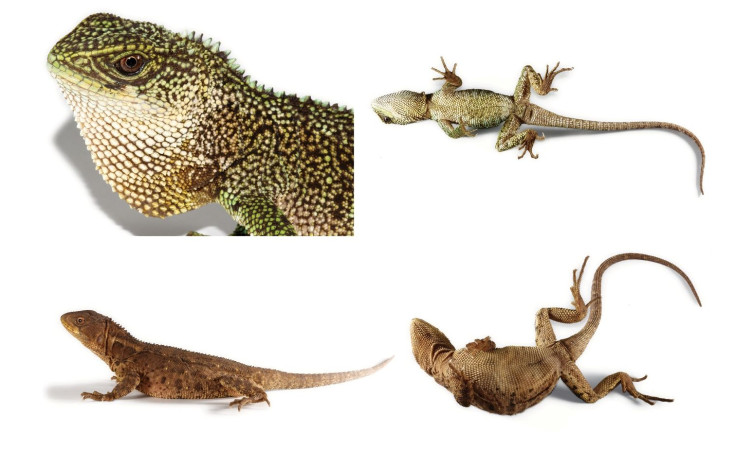New Species Of ‘Dwarf Dragon’ Lizards Discovered In Andes Of Peru, Ecuador

Scientists have discovered three new species of small dragon-like woodlizards in the Andean cloud forests of Peru and Ecuador. The trio has scale features, color and DNA that are different from those found in their closest relatives, scientists said in a study, published in the journal ZooKeys on Monday.
The latest discovery of the “dwarf dragon” lizards is a significant one given the fact that they are among the largest and most colorful lizards in South American tropical forests, scientists said in the study, adding that the new species increases the total number of species of woodlizards to 15.
“During the last few years we doubled the number of known species of woodlizards, showing that the diversity of these conspicuous reptiles had been underestimated,” Omar Torres-Carvajal of Ecuador’s Museo de Zoologia and the study’s lead author said in a statement. “That more than half of the diversity of a group of large, dragon-looking reptiles from South America has been discovered in recent years should be heard by people in charge of conservation and funding agencies.”
According to scientists, woodlizards (Enyalioides) are active during the day and live in lowland tropical rainforests such as the Chocó and western Amazon basin as well as cloud forests on both sides of the Andes.
Recent expeditions to several regions along the Andes of Peru and Ecuador helped researchers collect several specimens of woodlizards. As part of the study, scientists compared the new specimens with older ones deposited in several natural history museums in many countries. They also examined DNA evidence and determined that the newly discovered lizards represent new species.
“Woodlizards are fairly large and conspicuous, so it’s interesting that roughly half of the currently recognized species have been discovered in the last 10 years,” Kevin de Queiroz, Torres-Carvajal’s supervisor at the Smithsonian's National Museum of Natural History, told Smithsonian.com.
© Copyright IBTimes 2024. All rights reserved.






















